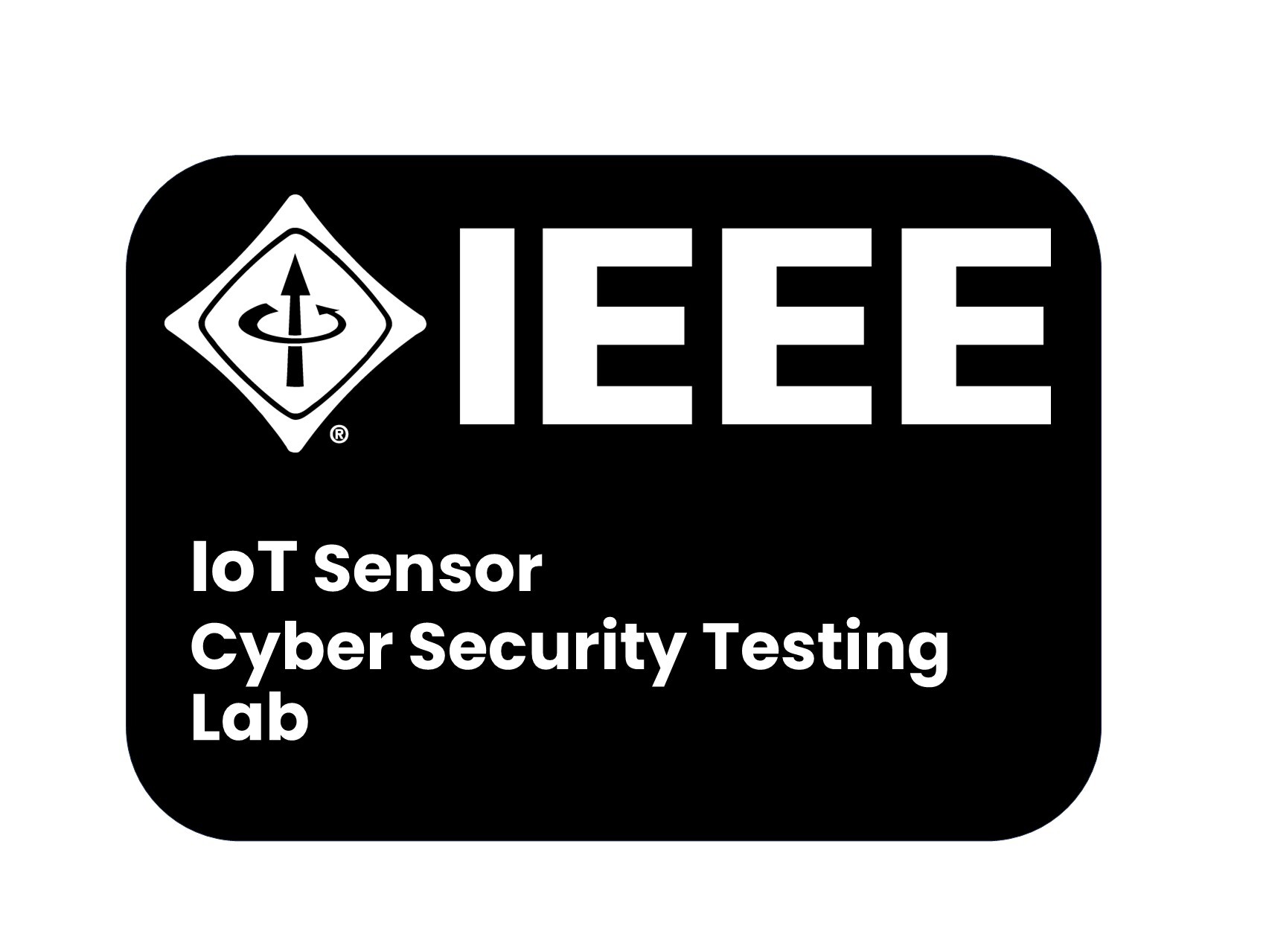Securing Health: How IEEE 2621 Certification Elevates Medical Device Safety and Trust
The increasing connectivity of medical devices has revolutionized healthcare, offering unprecedented benefits in patient monitoring, diagnosis, and...
2 min read
![]() Palindrome Technologies
:
Apr 27, 2025 8:16:42 PM
Palindrome Technologies
:
Apr 27, 2025 8:16:42 PM

In today's hyperconnected world, every connection introduces new risk and securing your IoT sensor devices is no longer optional, it’s a competitive advantage. The IEEE IoT Sensor Devices Cybersecurity Framework offers your organization a proven, globally recognized approach to making your devices — and your reputation — secure by design.
By certifying your IoT sensors to IEEE standards, you give your customers, partners, and regulators confidence that your technology is built to withstand current and potential emerging cyber threats.
Today’s critical infrastructure, from smart cities to energy grids, depends on billions of sensors to operate safely and efficiently. Yet 53% of connected devices contain known vulnerabilities that hackers actively exploit. The consequences of insecure devices are no longer hypothetical: they include major service disruptions, regulatory fines, reputational damage, and lost trust.
The IEEE IoT Sensor Devices Cybersecurity Framework is designed to help you stay ahead.
Prove your device's trustworthiness: Demonstrate that your products meet the highest standards for security, reliability, and privacy protection.
Open new markets: Many government and enterprise buyers now require certified security assurance for IoT purchases. IEEE certification sets you apart.
Reduce business risk: Minimize your exposure to costly cyberattacks, recalls, and lawsuits by building security into your products from day one.
Future-proof your devices: The framework is built on expandable architecture models, like the Purdue Model and NIST guidelines, ensuring your compliance evolves with new threats and standards.
Framework Methodology: Systematic, Standards-Driven, and Extensible
The IEEE approach employs a modular and scalable methodology, anchored in recognized cybersecurity standards such as NIST SP 800-53, NISTIR 8259, and ISO/IEC 27000 series. Key components include:
The framework is intentionally extensible to allow for the incorporation of emerging threat intelligence and evolving international standards.
What Makes the IEEE Approach Different?
Unlike basic compliance checklists, the IEEE Framework is a comprehensive, system-wide security methodology. It covers every aspect of device security including:
Secure firmware and software
Encrypted communications
Authentication mechanisms
Lifecycle management (updates, patching, decommissioning)
You’re not just ticking boxes — you’re building digital trust, layer by layer.
Implementation of the IEEE framework offers substantial advantages:
To give the certification true value, devices are tested by independent, IEEE-authorized cybersecurity laboratories, like Palindrome Technologies Labs — a leader in embedded device and infrastructure security assessments.
Their expert evaluation ensures that:
Your devices are rigorously tested against real-world threats, not theoretical models.
Certification is credible, objective, and recognized internationally.
You receive detailed feedback to strengthen your product even further — a powerful tool for continuous improvement.
Customers increasingly demand transparency and third-party validation when it comes to IoT security. IEEE Certification with Palindrome-backed testing gives them exactly that — and gives you a compelling advantage in competitive bids and negotiations.
Certifying your devices through the IEEE IoT Sensor Devices Cybersecurity Framework isn’t just about compliance — it’s about leadership. It’s about showing that your brand takes security seriously, that you invest in protecting your users, and that you are ready for the demands of a hyperconnected future.
Elevate your technology. Build trust. Win new business.
Join the next generation of IoT leaders with IEEE Cybersecurity Certification.
The increasing connectivity of medical devices has revolutionized healthcare, offering unprecedented benefits in patient monitoring, diagnosis, and...
The European Union’s Radio Equipment Directive (RED) 2014/53/EU lays the groundwork for ensuring radio equipment is safe, functional, and...
1 min read
The proliferation of resource-constrained devices, central to the Internet of Things (IoT) and embedded systems, has introduced a significant...
The FCC Cyber Trust Mark: Building a More Secure IoT Ecosystem for All